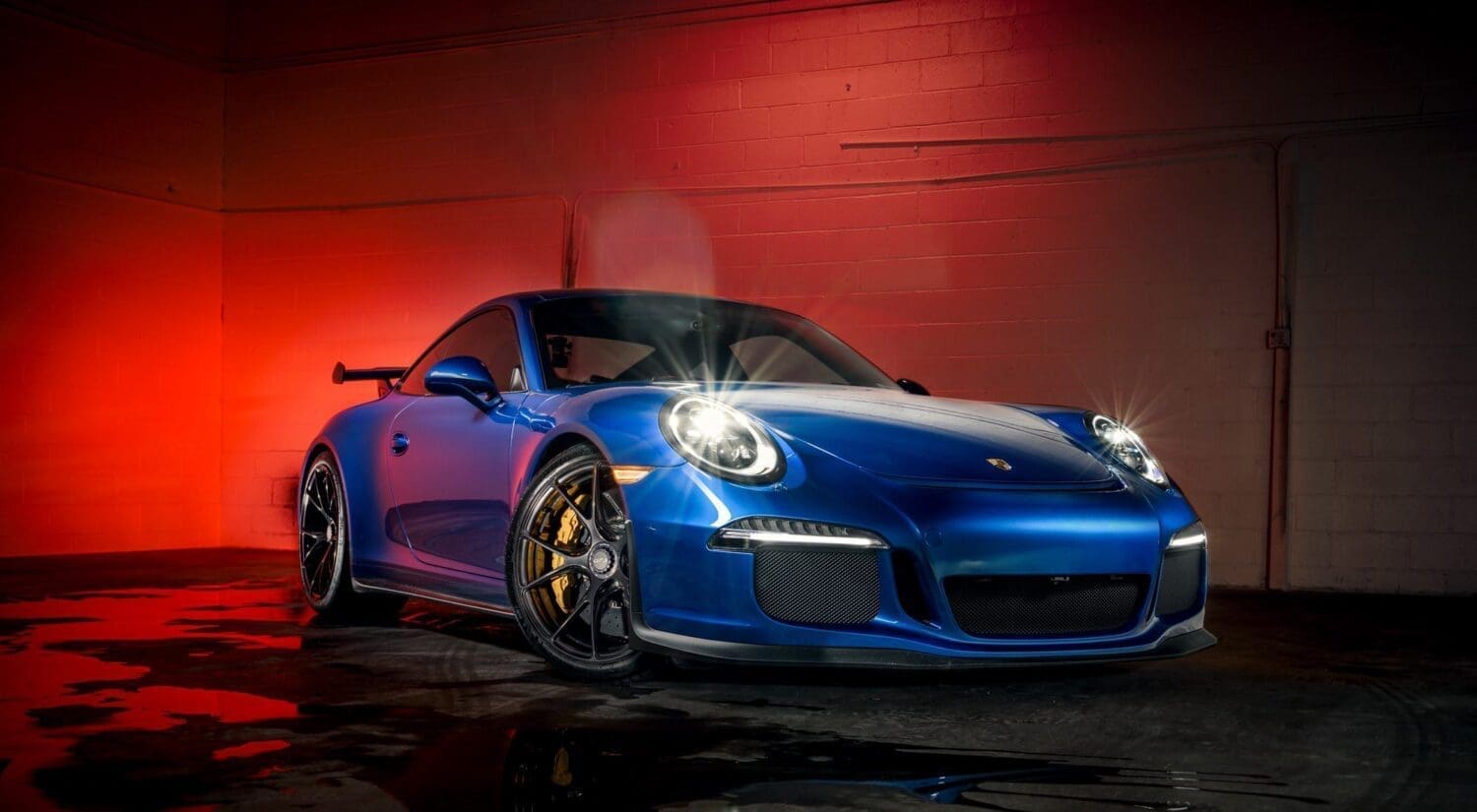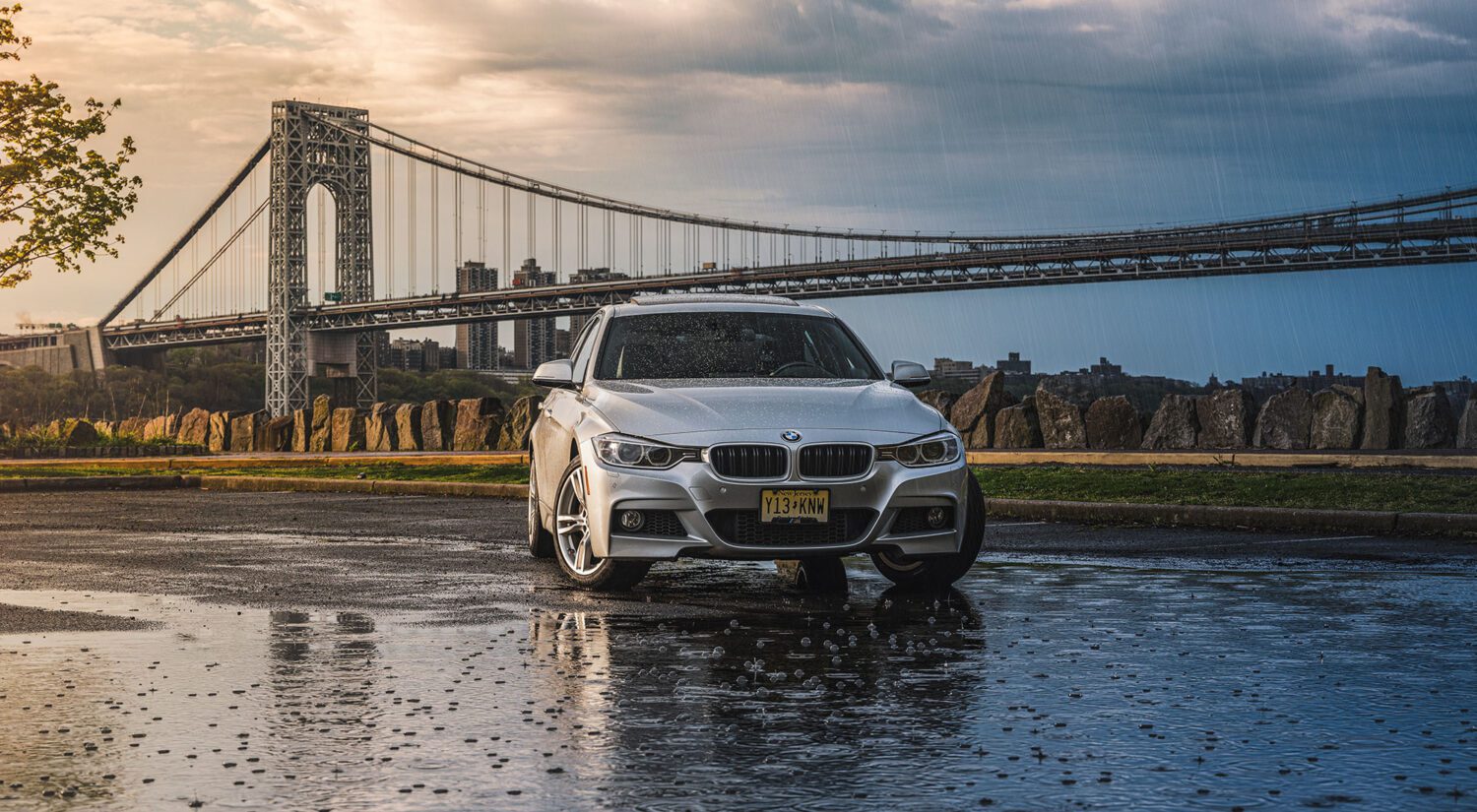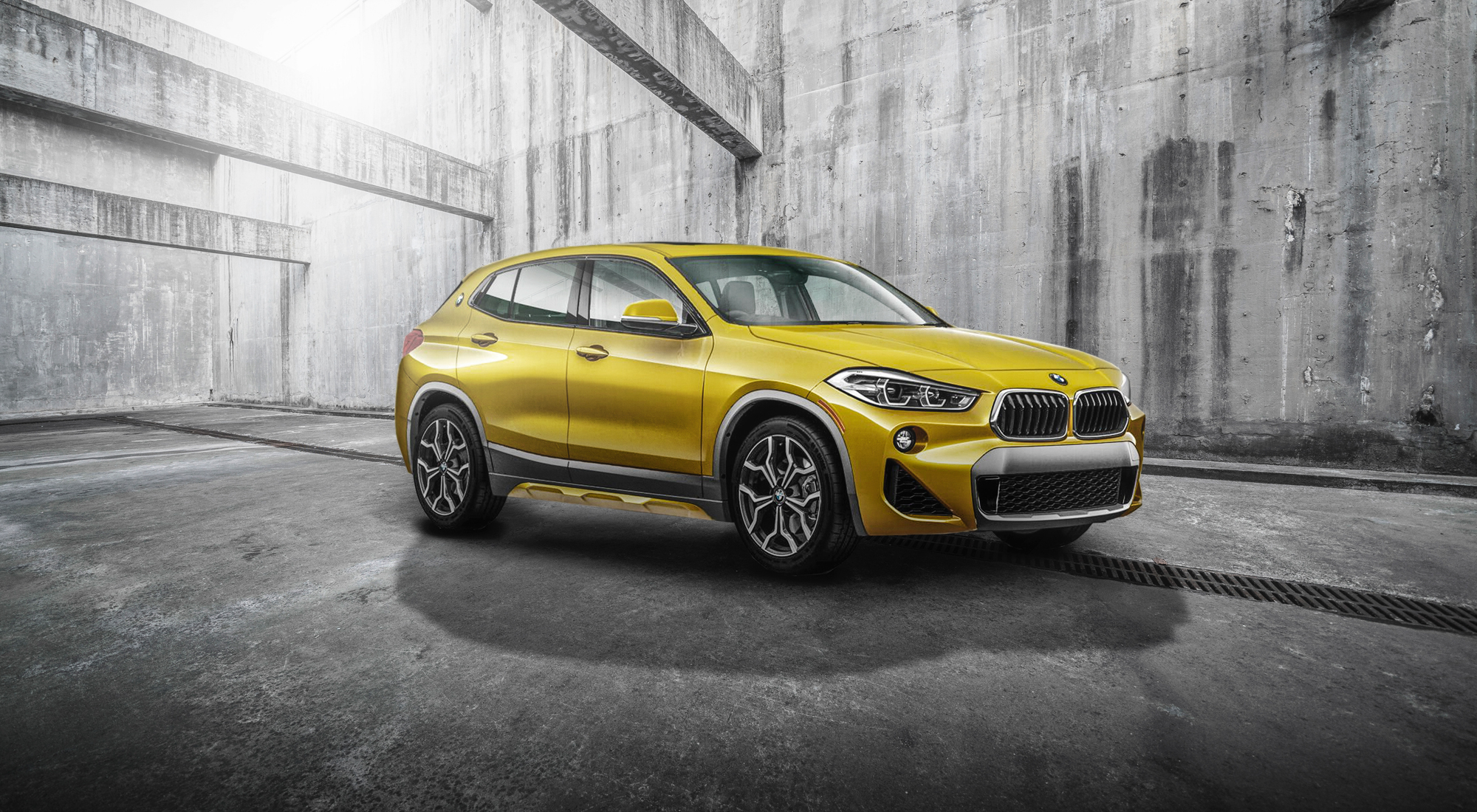Each car has a soul – you know my credo by now. When it comes to classic cars, the added years and history can make for an even more compelling image, but is shooting an old car any different from shooting a modern one? Hint: yes! Here’s my top 5 tips for shooting a classic car. We’ll be using a recent shoot with a Shelby Cobra as the example.
1 – Location
What really makes or breaks a car photo is the location. If I take an M3 and shoot it on a track, it’s gold. If I took it off-road (?), the image wouldn’t make sense. So it is when shooting classic cars – the location has to make sense. Look for old buildings, an empty country road, old garage, or even a beach.




2 – Nothing new
It’s usually important to clear out the frame of any other vehicles in your shot, but in this case, it’s especially key. If you’ve got a 2019 Toyota Camry next to your car in a roller…kinda kills the mood. Be very aware of the things around you.


3 – Chrome
One things older cars like this Cobra have a lot of is chrome. If you’re not used to working with chrome, it’s not as easy as paint. It’s usually:
- Very shiny, creating hot spots
- Oddly shaped (like tubes) that reflect things around it and bend them into odd spots
- Colorless, so it takes on the color of what’s around. A blue car creates blue chrome.
Pay extra attention to how this metal looks, and as always, shooting with a polarizer will help.


4 – Be open
Not to contradict myself, but sometimes finding a great location to shoot means that any car will work there, like this local firehouse. The client asked if we could get a shot in front of the fire engines, the firemen were cool with it, and here we are.
Now, also shot that day was an Aston Martin Vantage, and I also pulled that car in front of the fire house. As you can see, this spot worked well for both cars.


5 – Lights
A special kind of hell awaits you as you shoot new car headlights. BMWs have laser headlights that can really blind you at certain camera angles. Not so with vintage cars.
This Cobra did have upgraded bulbs, but compared to modern lighting, it’s still dim. That means that if you’re shooting older headlights, be aware of the color, tint, and brightness the light produces. You don’t want to underexpose for a light, or find that the warm tint of a headlight made the paint look faded.
Use a separate exposure for lights and brush it in later with Photoshop.


BONUS – Black and white
If your image looks good in color, chances are it’ll look good in black and white. While I often don’t produce black and white images, it can be fun to do with a vintage car. Never shoot in black and white with your camera – it’s much easier to do so in Photoshop later.
Camera Raw has new LUT filters specifically for black and white, and they produce a nice effect.


Keep these 5 tips for shooting a classic car in mind when working with older cars, and it’ll be a fun experience for you!
Commissions may be received for product links on this site, so help out if you can. I only write about products I use and believe in.
I use Nikon camera bodies and lenses, a Westcott Ice Light 2, Manfrotto tripod, B + W filters and an iMac Pro to make the art you see here.
Email me at mike@machineswithsouls.com with any questions.
Follow along on Instagram @machineswithsouls



















One thought on “Top 5 tips for shooting a classic car”